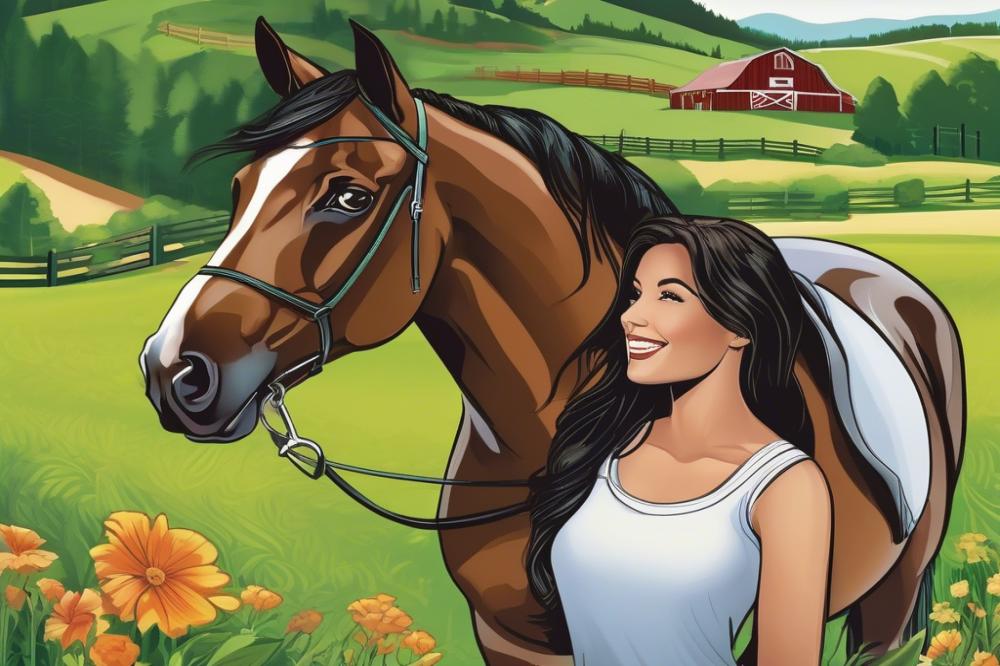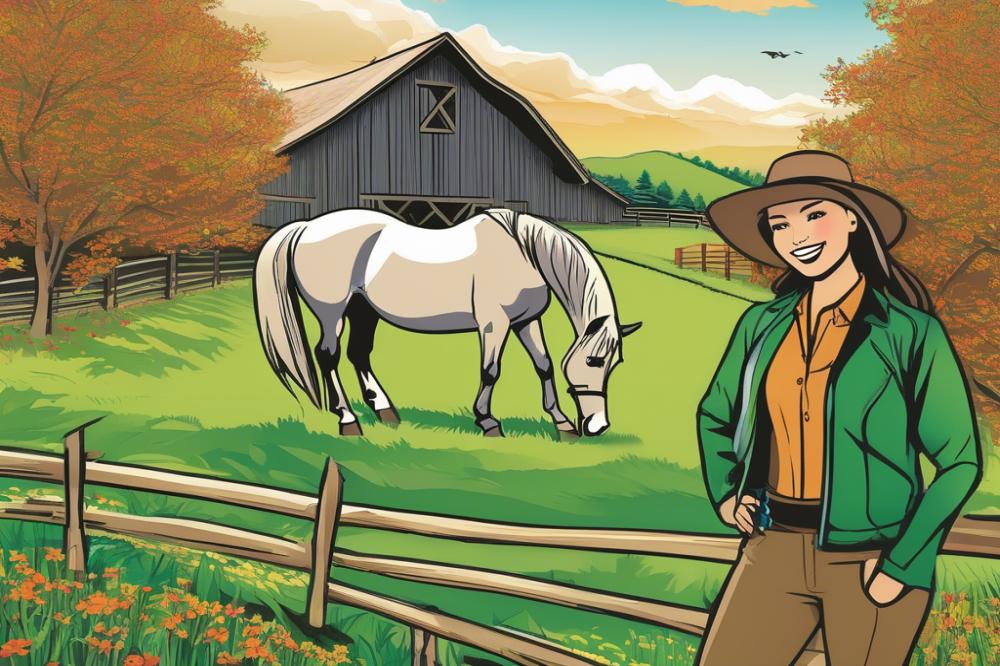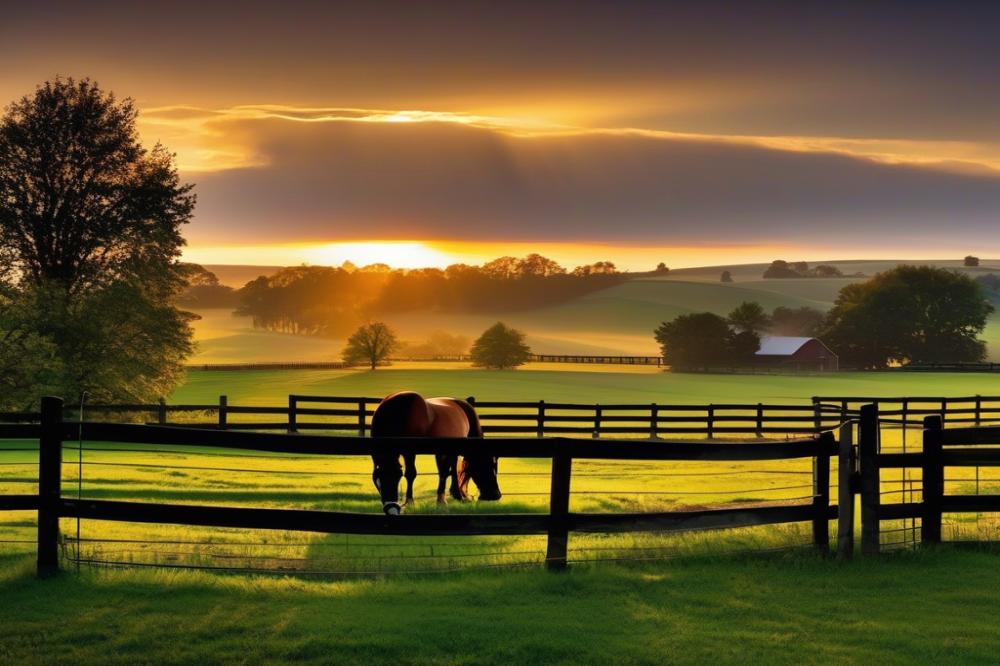Introduction
In the world of horse ownership, the issue of theft has become increasingly troubling, especially for newcomers. First-time horse owners often overlook the significance of protecting their animals. These majestic creatures not only hold monetary value, but they also carry emotional weight as part of a loving bond.
Recently, reports indicate a rise in horse thefts across various regions. Alongside this unsettling trend, predators pose a constant threat to these animals, creating an environment filled with unease. Many owners find themselves facing risks they never anticipated when they decided to bring a horse into their lives.
Taking the right precautions is critical in minimizing these threats. Simple yet effective steps can safeguard your horse from those who may wish to harm or steal them. Awareness and action can create a safer environment for these animals. In the following sections, we’ll discuss essential measures to ensure the security and well-being of your equine friends while emphasizing the importance of protecting horses from both theft and predator threats.
Understanding horse theft prevention

Horse theft is a serious concern for owners. Losing a beloved animal can be devastating. The implications of theft go beyond the monetary loss. Emotional stress and the feeling of vulnerability often accompany such incidents. Owners can feel the weight of fear and anxiety that comes with worrying about their horse’s safety.
Statistics highlight the troubling reality of this issue. Each year, thousands of horses are stolen. Recent reports indicate that specific regions experience higher rates of theft. The numbers suggest that no area is completely safe. Awareness of incidents can help horse owners take necessary precautions.
Being informed is essential for effective horse management. Knowledge of local theft trends and statistics promotes vigilance. Horse owners should always check their surroundings and stay alert. Understanding the risks tied to ownership can create a proactive mindset. A well-informed owner makes a more secure environment for their horses.
Furthermore, recognizing potential threats from predators is equally important. Many owners focus solely on human threats, neglecting the dangers posed by wildlife. Common predators can include coyotes and even domestic dogs. protecting horses involves addressing both theft and natural predators.
Simple steps can greatly improve security. Regularly inspecting fencing, securing gates, and installing cameras are all beneficial actions. Building strong relationships with neighbors can also enhance safety. Together, community awareness can lead to better protection for every horse. The more proactive and informed a community is, the safer its horses will be.
Implementing Effective security measures

Overview of security measures to Deter Theft
Taking steps to protect your horse is crucial. Various precautions can help keep them safe from theft. Start by assessing your property’s risks. A well-thought-out plan can make a significant difference. It’s important to remain vigilant, as thieves often look for easy targets. Simple signs of increased security can deter criminals from entering your property.
Discussing the Role of Fencing Solutions in Protecting Your Horse
Fencing plays a vital role in securing your horses. Strong and high fences are necessary to keep them contained. Consider using materials such as wood, vinyl, or metal. Each type has its pros and cons. A well-maintained fence acts as both a physical barrier and a visual deterrent. Regular checks will help you spot weaknesses before they become problems. Adding extra features, like barbed wire or electric options, can also bolster security.
Selection of Appropriate Barn Security Features
Barn security should not be overlooked. Keep doors locked and use sturdy hardware. Installing heavy-duty locks can make a big difference. Windows should be secure as well. Using metal bars or screens can provide an additional layer of safety. Lighting is another important factor. Bright, motion-activated lights can scare off intruders. These elements play a key role in protecting your horses during the night.
Integration of Surveillance Cameras for Enhanced Monitoring
Surveillance cameras offer excellent peace of mind. Placing them around the property helps monitor any unusual activity. High-quality cameras can capture clear images, even in low light. Real-time monitoring can alert you to potential threats. Some modern systems allow you to check on your horses from anywhere. Consider installing cameras in both stables and open areas. This strategy provides comprehensive coverage and enhances overall security.
Managing Predator Threats
Identifying the common predators that pose a threat to horses is a vital first step. Large mammals, such as coyotes and mountain lions, often hunt near horse pastures. Birds of prey, like eagles or hawks, might target smaller foals. Understanding their habits can help you devise effective strategies to protect your equine friends.
Strategies for Protecting Horses from Wildlife
Several methods can discourage predators from approaching your horses. Fencing is essential. Building sturdy, high fences can create a strong barrier. Using electrified fences might also deter determined wildlife. Motion-activated lights can surprise nocturnal animals and make them think twice. Another option is to employ guardian animals. Dogs, such as livestock guardian breeds, can provide protection by barking loudly or directly confronting intruders.
Importance of Outdoor Management and Safe Grazing Areas
Effective outdoor management can dramatically reduce risks. Designate specific grazing areas away from woodland edges or dense brush, where predators often lurk. Maintain clear sightlines so that horses can see threats from a distance. Regularly inspect pastures for signs of wildlife activity or potential vulnerabilities. Creating safe environments for grazing not only protects your horses but also allows them to thrive.
Building a Comprehensive Protection Plan
Creating a routine for checking security and evaluating potential risks is essential for every horse owner. Regular walkthroughs of your property can help identify vulnerabilities. Inspect fences for weaknesses and ensure gates are functioning properly. Animals may escape or be at risk if barriers are not secure. Consider forming a checklist to make these inspections easier.
Incorporating technology and tools available for equine protection can enhance safety measures. Installing surveillance cameras around the barn and pastures serves as a deterrent to would-be thieves. Motion sensors can alert you to any unusual movement on your property. These devices provide peace of mind. GPS tracking devices for trailers and even horses can aid in recovery if something goes missing.
Engaging with community resources and local equine networks for support brings more eyes to your efforts. Informing neighbors about your horses can create a watchful community. Local equine groups often share valuable tips on security. Attending meetings can keep you updated on trends in theft or predator activity. Build relationships with law enforcement and seek their advice on preventive measures.
Final Thoughts on Protecting Your Horse
To recap, it’s vital to adopt various precautions to safeguard your horse from the threat of theft and predators. Installing sturdy fencing can act as a primary barrier. Outdoor lighting not only serves a functional purpose but also creates an atmosphere that deters unwanted visitors. Regular check-ups of your property add an extra layer of awareness. Knowing your surroundings well aids in spotting any unusual activity.
For first-time horse owners, prioritizing security must be at the top of your list. Committing time and effort to learning about possible threats is essential. Understanding how to implement security measures can make all the difference in protecting your beloved animal. No one wants to think about these dangers, but being proactive is a sign of responsible ownership.
Ongoing education plays a crucial role in horse safety. Connect with local equestrian communities to stay informed about the latest threats and solutions. Keeping an eye out for developments in security technology can also be beneficial. Remember, vigilance doesn’t stop after setting up your defenses; it’s a continuous process.
By remaining alert and informed, you can significantly reduce the risks that come with owning a horse. Caring for these magnificent animals means embracing their well-being, which includes protecting them from harm. Your dedication to their safety speaks volumes about the love and responsibility you have as an owner.



